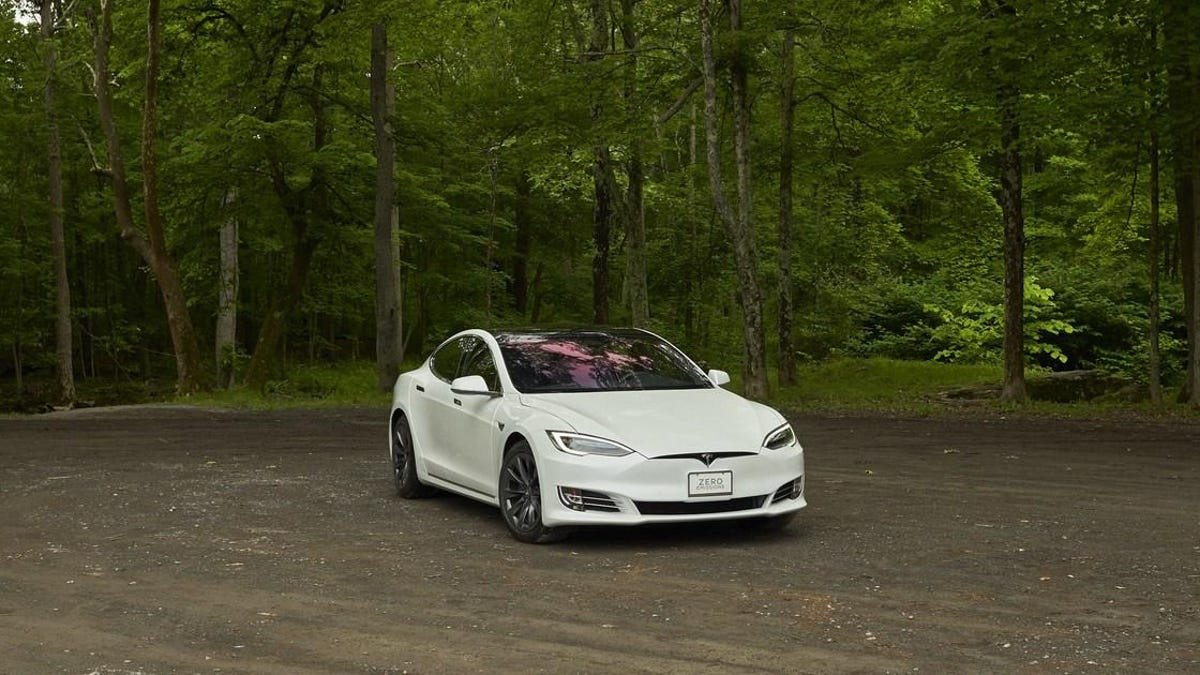ZenRockGarden
Active Member
It is possible the current rendition of the structural battery pack has a different chemistry. If, for instance, they went iron, that would explain a lesser range with the same number of cells. It would also be more readily available as materials go, and cheaper to make. It would also negate much of the weight gain from that structural pack.
Just a thought.
Given the visual counts in the low 800's for the cells in the 4680 pack seen yesterday vs the 960 cell original design drawings, I'm thinking it's the simplest explanation we came up with for the SR+ EPA cert.
4680 cells are pretty much as intended, with NMC chemistry give or take a little colbalt.
Current pack configuration of 828 cells at 70 KWH giving a range of 270 miles and allowing them to make ~15% more cars from their currently limited count of cells.
They ramp up on that setup, maybe sending a lot of them to their increasingly large fleet commitments.
Later, when 4680 production and the two plants are ready, they roll a 960 cell LR version of the pack into all MYLR's, ending up with a 270 mile entry point, and a 340-350 mile top model.
and yes, I am making all this up - but it does fit the available data and might explain Teslas rather weird silence on the topic since it means although "customers" are getting 4680 packs, it's not really the general public just yet.
Last edited:




